2019 | Berlinale Shorts
The Powerhouse of Arthouse Cinema
This year, long-time Berlinale Shorts curator Maike Mia Höhne is heading up the section’s programming for the last time – a good moment for her to look back on her tenure. A conversation about the bravery of the short film audience, a deep hunger for unusual perspectives and a programme situated between handiwork and high def.
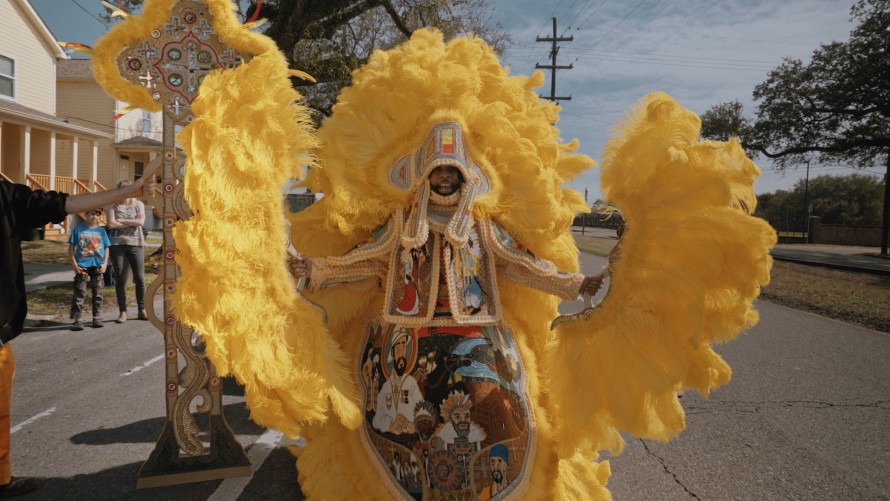
Big Chief Demond Melancon in All on a Mardi Gras Day by Michal Pietrzyk
Short films, big subjects: the works of this year’s Berlinale Shorts selection revolve around participation, power, and remembrance culture, but they also treat struggles over the distribution of resources, love and trauma – what is it about the short film format in particular that makes it so exciting for subjects that are as highly charged as these?
Well, what’s exciting for me is the fact that the short film format moves you by cutting right to the heart of a subject in such a concentrated way – within a sort of miniature. And big subjects also have this core, this poetic essence...expansive stories do too actually. The short film sets out in search of that essence. And it succeeds in finding it time and again.
Beyond Antiquated Framing
It is striking that films such as Blue Boy, which is about prostitution, approach their subjects in a consciously sober and calm way.
In cinema, of course it always looks exciting when you show the world of street prostitution, the strip. It immediately brings up all the old clichés: the poor, the violence, all that drama. But when you take away these images for a second and look the fact in the eye that there are plenty of people offering a service and plenty of people that wish to take advantage of this offer, then you might have to ask yourself where the problem actually lies. Why is this work valued so differently than a job in an office? Who is responsible for creating this scheme of things, and do we want to continue to adopt it as our own at all?

Elena Martín in Suc de síndria by Irene Moray
And you can also find the same thing with Suc de síndria (Watermelon Juice) by Irene Moray, in which a woman who has been raped fights to regain her own sexuality. Of course from the cinematic point of view it is interesting per se to portray an act of assault, because it is a more dramatic image and triggers a strong emotional reaction. But instead, Moray looks beyond this voyeurism to what comes after the fact and observes how somehow finds their way back to their own lust and how much work and patience that demands from this woman and her boyfriend. Now, some screenwriters might say here: That’s boring, where’s the conflict? But I think it is precisely this being present with these two people without adopting an exploitative gaze that is exciting. It opens up space for a lot of essential questions. It’s very similar with Prendre feu (Catching Fire) by Michaël Soyez, which tackles violence in the family without however pulling the actual act of violence onto the screen.
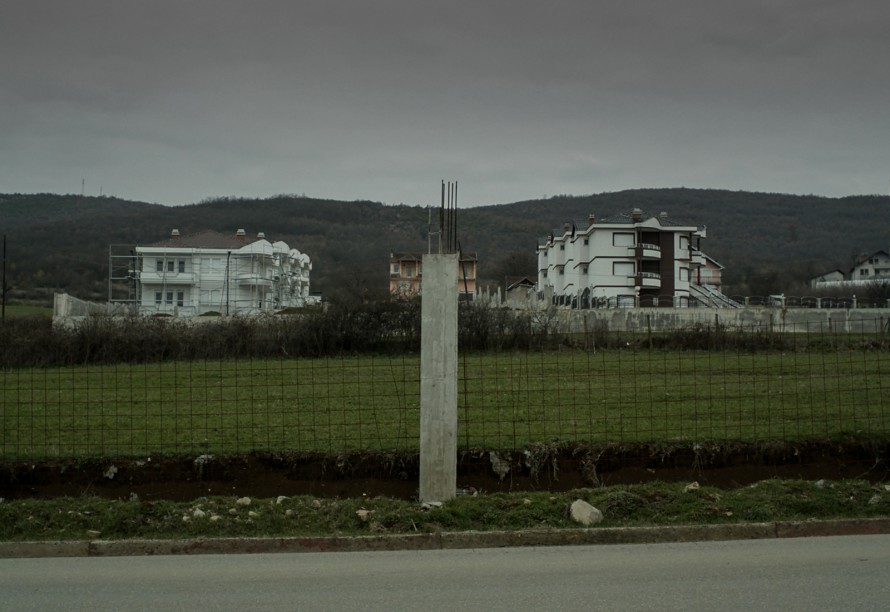
Në Mes (In Between) by Samir Karahoda
And you can also observe this with Samir Karahoda’s Në Mes (In Between), this search for another view. The film takes on the really big topics: Europe, migration, work and family. And then all of a sudden it becomes so wonderfully concrete with those houses that the heads of the families are building for their kids, even though the latter live and work abroad so far away. Each house is 100% identical to the next, all of them standing in a row waiting to perhaps be inhabited one day. That reveals so much, although it is in fact actually only a tiny fragment of an enormous complex of issues. And this extends throughout the entire programme: the attempt to condense the large, to ground it, to extract an essence from it. And that is in itself already no mean feat, when you hit that core, when you manage to move people without explaining everything to them over the course of three hours.
The short film is often understood as a stepping-stone to doing feature-length films. Is that an unfair label?
There is definitely zero need to start some sort of competition with feature-length films. Both are important and each format can place its own accents. As a filmmaker, you just have to know very precisely what the actual length is that your project or idea calls for. For instance, Eva Könnemann has made two or three feature-length films, but she has also returned repeatedly to the short film format and is now showing Welt an Bord (World on Board) with us.
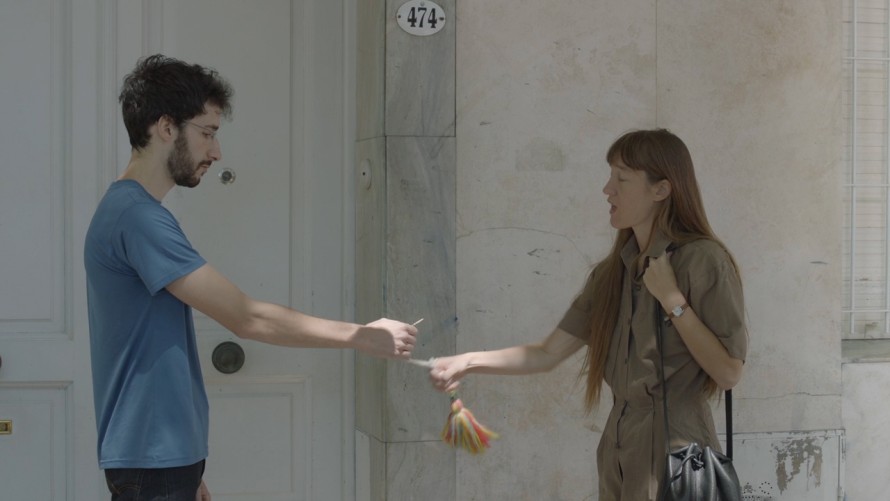
Ignacio Solmonese and Miel Bargman in Shakti by Martín Rejtman
Martín Rejtman, who’s in the programme this year with his comedy Shakti from Argentina, was already at Forum twenty years ago with his feature film Silvia Prieto. Rejtman has made documentary films, now it’s time for a short film and he’ll probably make a long fiction feature again next. But he’s able to do it too: every image is just right, every image is as long as it needs to be. Everything is so well thought out, that’s not easy to pull off. But of course we have a lot of filmmakers that are equally keen on the longer stretch of road and I don’t want to deprive them of that by any means either. Quite the opposite: we look for strong individual voices that will bring us long films in two or three years, with their highly personal approaches. A healthy arthouse cinema needs that.
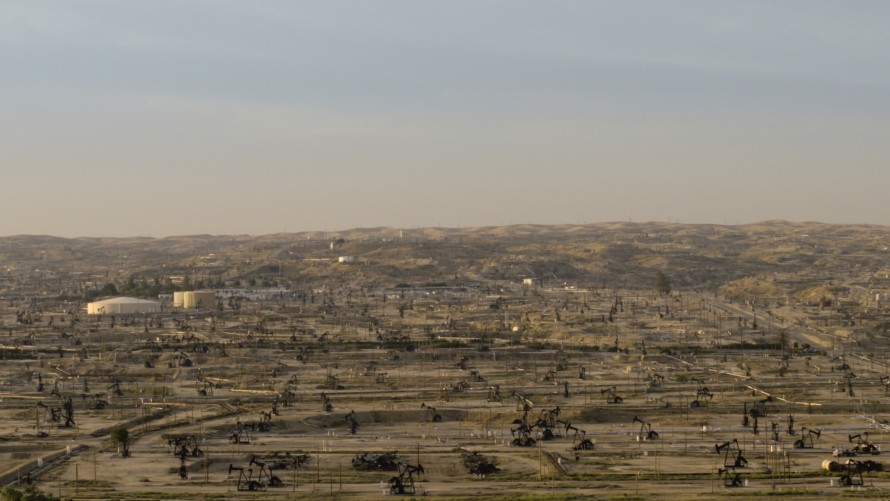
How to Breathe in Kern County by Chris Filippone
Other Conceptions of the Present
There’s a further focal point in the programme with the subject of work: in Chris Filippone’s How to Breathe in Kern County at one point someone says: “A song from a world without work. And for a moment: we can breathe.” Are all of the filmmakers as sceptical regarding the subject of work as Filippone is?
I read it more as an observation, but definitely with an interpretation that betrays a certain detachment, true. I think his film does seek to treat what kinds of work are actually being performed in this case and how we value them. I mean in the film we observe this incredible handiwork that the workers are performing there and at the same time we see the massive oil derricks with their pumps pumping away dully in a landscape devoid of humans. The whole spectrum of the world of work in the 21st century immediately opens up before us. And in Louis Fried’s Flexible Bodies we suddenly find ourselves again in these barren office landscapes in an office building in Hamburg-Altona. There too we ask ourselves how work should look, what work gets assigned to whom and under what conditions. That is all still something to be negotiated, especially in relation to the gender position and the question of how work can be fairly distributed between men and women and how that’s all supposed to be reconcilable with private and family life. We’ve absolutely got to break away from the old ways of framing this stuff. The next big question is how humans are going to work with machines and artificial intelligence in the future – in his film It has to be lived once and dreamed twice, Rainer Kohlberger creates a dystopian vision of the future treating this topic.
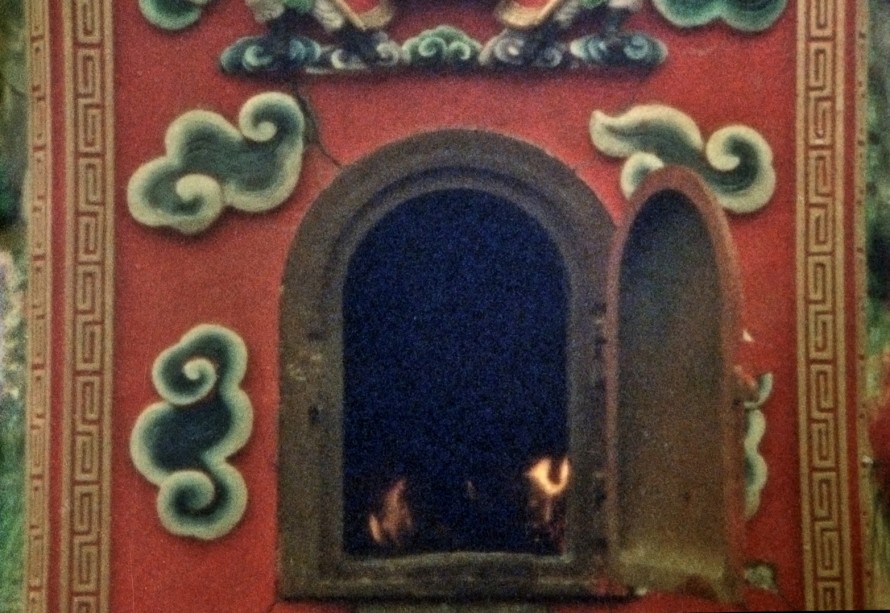
The Spirit Keepers of Makuta’ay by Yen-Chao Lin
You’ve referred so beautifully to the short film as a barometer in the past – as a gauge of that which is coming. When we look at the Berlinale Shorts’ class of 2019, what is announcing its arrival here?
In spite of all the technical innovations and cinematic trends, one thing is for sure: analogue is here to stay. But it’s managing to keep pace with the times. And that’s important too. There’s an interesting retro perspective of the question of the material, which we see with films like The Spirit Keepers of Makuta’ay, which was shot on Super 8 film and then hand-developed by director Yen-Chao Lin.
However, with all of these aesthetically retro sort of things one must take care fundamentally that one doesn’t start, in terms of content, to glorify something that society still has to overcome. We have to look at things with a truly new perspective – that’s just as urgent in HD as it is in 16mm. Otherwise there is the danger that one lets one’s self be seduced by beautiful material and a sort of nostalgia takes root that distorts the view, or that quickly throws one back into patterns that have long since become untenable. That’s not what we want. And that’s not what these films do either.
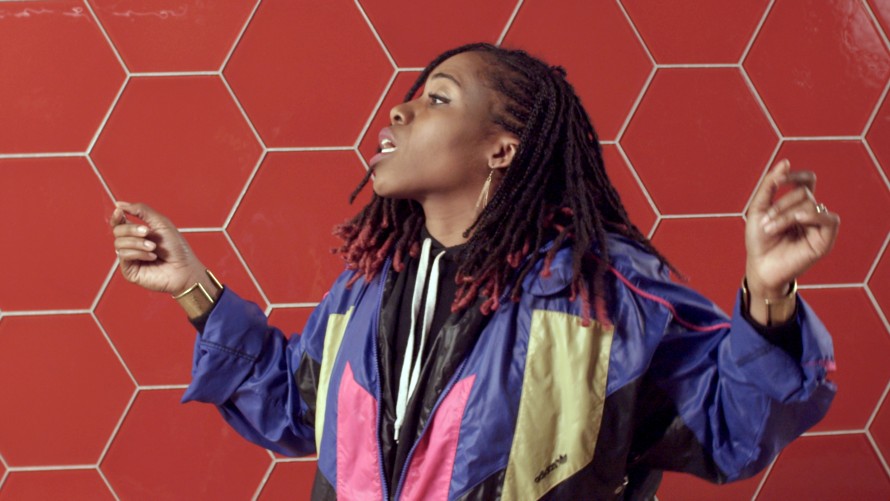
Rise by Bárbara Wagner and Benjamin de Burca
In the press release this year, you commented that we need new role models. What does the power of this alternative narrative in cinema consist of?
To a certain extent, all of us live in out-dated structures. It starts in school already, where in part very antiquated pictures and models are still being taught, which is only now slowly changing. But when I’m living my own life, it’s all about developing a stance myself. And that’s precisely what many of the films and their protagonists demonstrate. Like the young individuals in Rise, the film by Bárbara Wagner and Benjamin de Burca, who are very aware of their history and the place where they live. One can witness how first and second generation immigrants use the subway in Toronto for their own ends and raise their voices in this very public place. That creates consciousness, visibility, and power too, and paves the way for change in the end. It’s necessary to really look for where other conceptions of the present manifest themselves: How else can I read our times? And I think there’s a great and fundamental need behind that: namely, that more and more people really want to participate in our society.
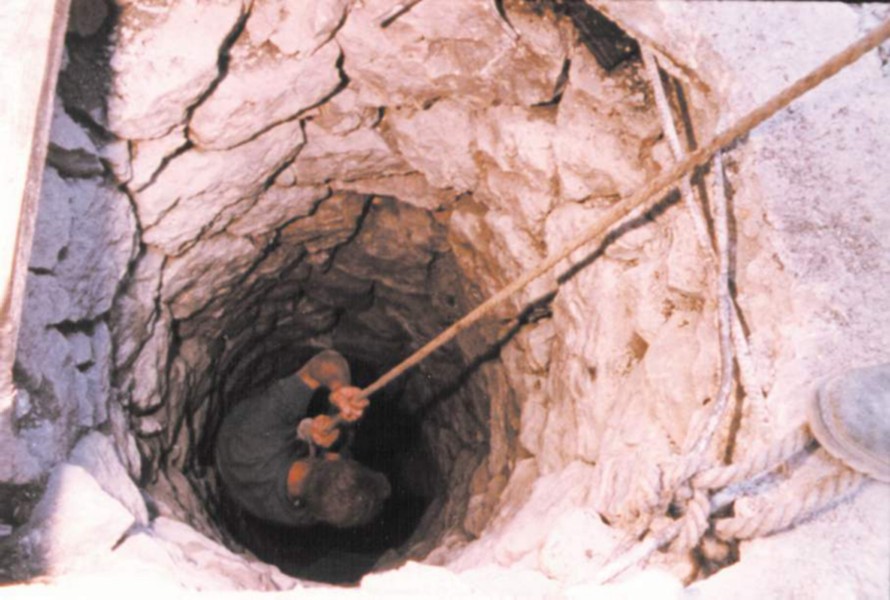
Crvene gumene čizme by Jasmila Žbanić
How Can We Remember?
The confrontation with the present isn’t the only thing that plays a big role in the programme – the re-examination of the past is also very pronounced. No less than three films take on the subject of the war in Bosnia for instance.
Yes, this long forgotten war and the collapse of post-Soviet Yugoslavia generally are making a comeback. We’re dealing there with a process of astonishingly incredible complexity that is very hard to gain an overview of. But maybe now, after more than twenty years, we will have enough distance to be able to take a fresh look at this conflict again. We’re screening a documentary film out of competition from Jasmila Žbanić, who won the Golden Bear for Grbavica in 2006. Crvene gumene čizme was already made in the year 2000 and has now been newly digitized with the support of our partner ARRI. In this film, Žbanić follows a woman who lost both of her children in the war. The two were just four years and nine months old. This mother just wants to find her children again – even if that means it’s in one of the mass graves. In her film, Žbanić manages to maintain that difficult balance between distance and closeness.
Then with Omarska we have a film from Indian director Varun Sasindran, who examines the question of how we can collectively remember crimes at the sites where these acts were committed. In the film, he speaks with Nusreta Sivac, who was imprisoned in the notorious Omarska internment camp along with thousands of others. Today, there is a totally normal factory standing on the site, and there is no possibility to commemorate those murdered there, the atrocities that took place there, and the insanity that individuals were subjected to there. That’s exactly where the film comes into the picture, as it becomes a sort of virtual memorial site. Here we see that all of that remains unresolved, since the people are still there and the places are too. All of that is pushing its way back into our consciousness again with a vengeance.
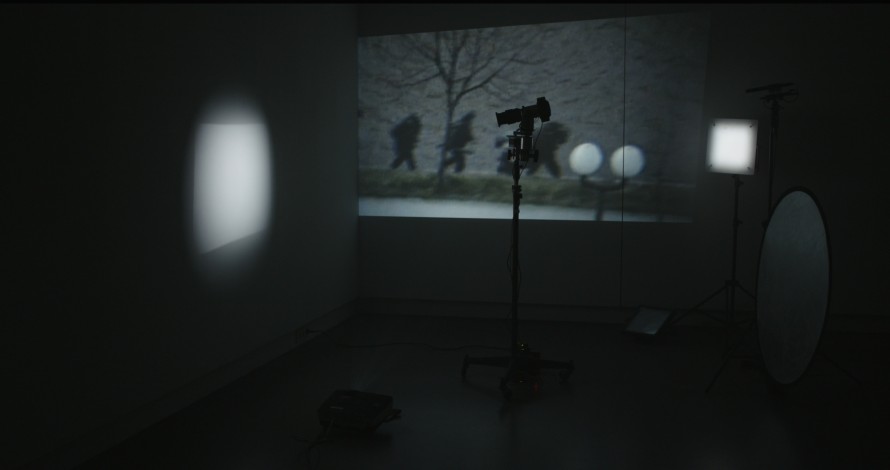
Can't You See Them? – Repeat. by Clarissa Thieme
One has the feeling that it is not about the act of commemoration alone, but instead it’s also about the way that we commemorate things generally, isn’t it?
Absolutely. The third film about the Bosnian war, Clarissa Thieme’s Can't You See Them? – Repeat., also picks up from exactly this point. The film is based on found footage material that was made during the siege. You can see how armed men creep along next to a river, how someone is taken captive and led away. The whole thing was filmed from a high rise. The recordings are shaky and you notice that whoever shot the film is dealing with a great deal of uncertainty and fear. We are all familiar with these dramatic images from the news and we know how they can be exploited. But I find that Clarissa Thieme takes another path, by literally taking hold of the material and attempting to bring back the intensive physicality of the original filming situation. That’s an examination where you don’t just let history play out again, instead choosing to process it in a very conscious way and then carry it forward into the present again. Often this then implies the question of how else we can read this material. How can I also approach it from outside, as someone who was not personally involved? That is also always a difficult question, that of appropriation: who is actually permitted to say what about which material?
A Short Film Canon
We mustn’t forget to talk about your move: this year’s Berlinale will be your last after eleven years as curator of the Berlinale Shorts programme and you will be taking over as artistic director at Hamburg International Short Film Festival. It’s probably still too early to sum up your time here, but when you look back what has been important?
I believe the most crucial thing is that we have been consistently able to provide an adequate stage for the short film format throughout the past years. Sure, before that short films were also always considered in the selection, always watched and always loved. In Panorama just as much as in the Competiton back in the day, or in Forum from time to time too. But giving them their own section was definitely a statement, with an awards ceremony in the Berlinale Palast on top of that. And that’s definitely been a noticeable change: today the guests get a totally different kind of feedback from the press and the audience. With Berlinale Shorts, the Berlinale is one of the festivals that makes a really decisive mark on the short film canon and can establish trends: with the films and filmmakers as well as with the subjects featured. The Berlinale is a multiplier and that is not any less the case when it comes to the short film programme. Other festivals enable you to have a beautiful experience too, but they don’t have the same reach. That’s what we work so hard to achieve in the end: by showing the films so often and introducing them to an audience, we’re not only putting on eleven days of Berlinale, we’re working sustainably too. And the fact that I was given free rein to help shape this development for the short film format, that’s really great.
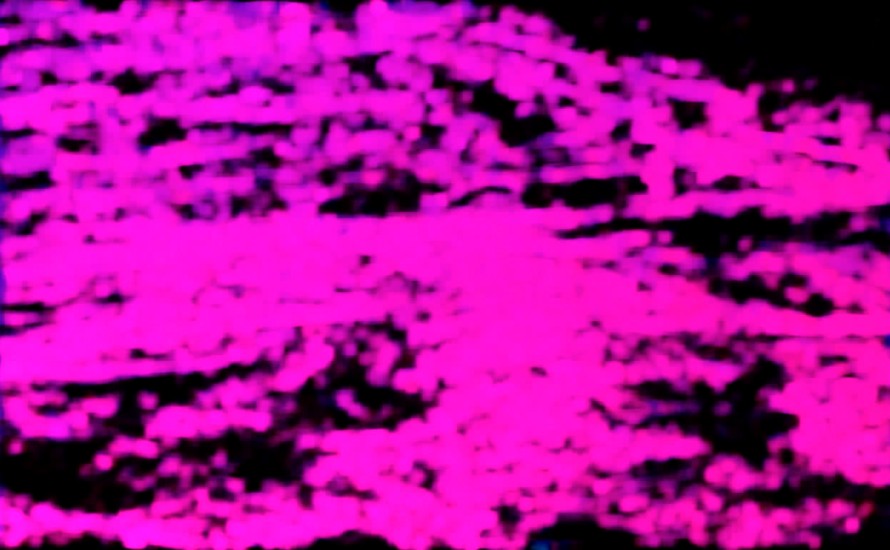
It has to be lived once and dreamed twice by Rainer Kohlberger
How will you remember the Berlinale Shorts audience?
You know, it’s like this: every year is new, every year is exciting in its own way. As a curator too, you have to commit yourself to the process of looking at what actually emerged for the filmmakers. There’s an incredible range of questions that you can and must engage with during the viewing phase, both from formal and thematic points of view. And it’s no different for the audience. Because it always comes back to seeing five or six different perspectives. That requires you to jump into another place five times in a row in such a dense space. And I think an audience is brave when it goes along with that! I’ve always felt very grateful for that.